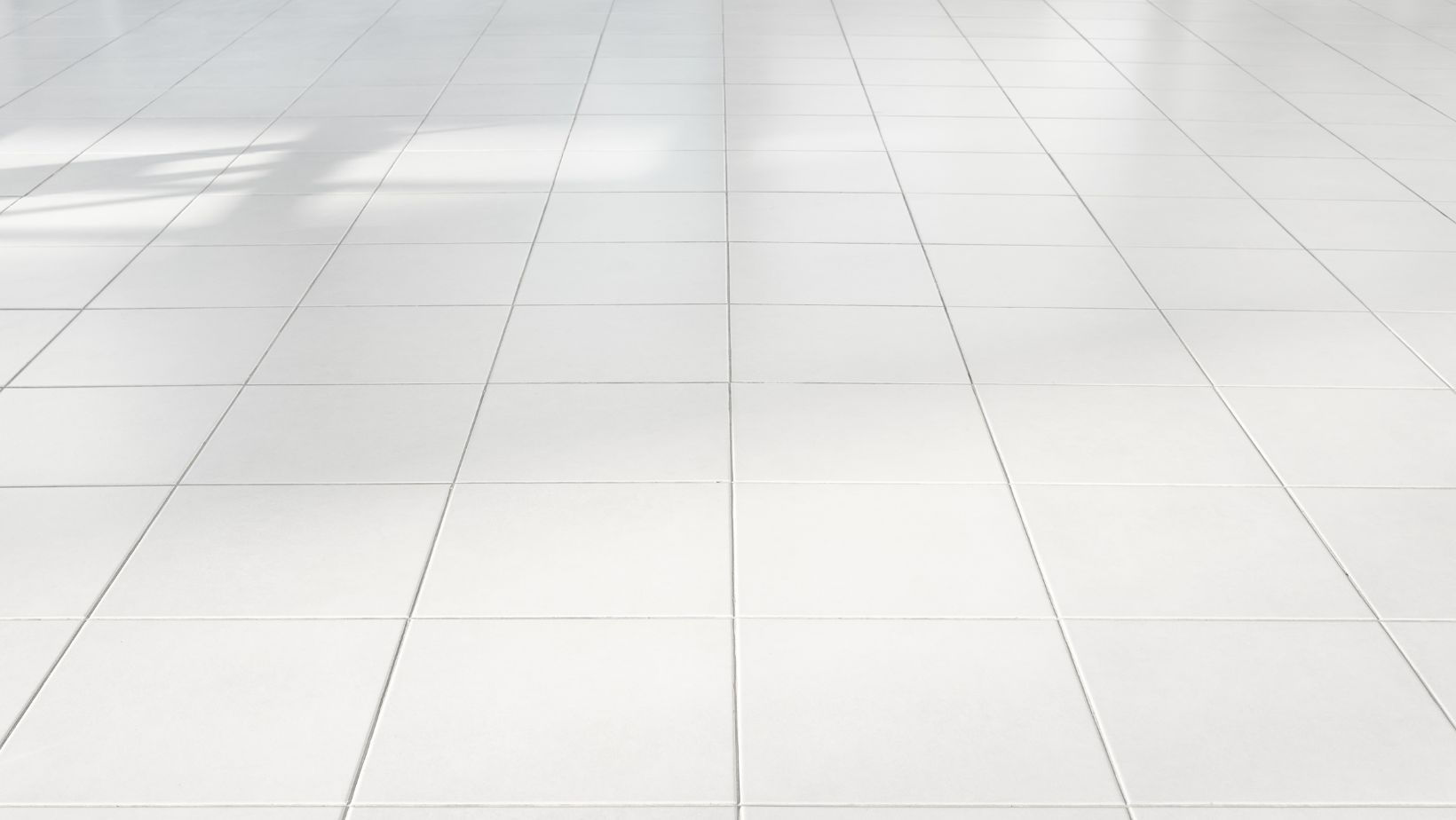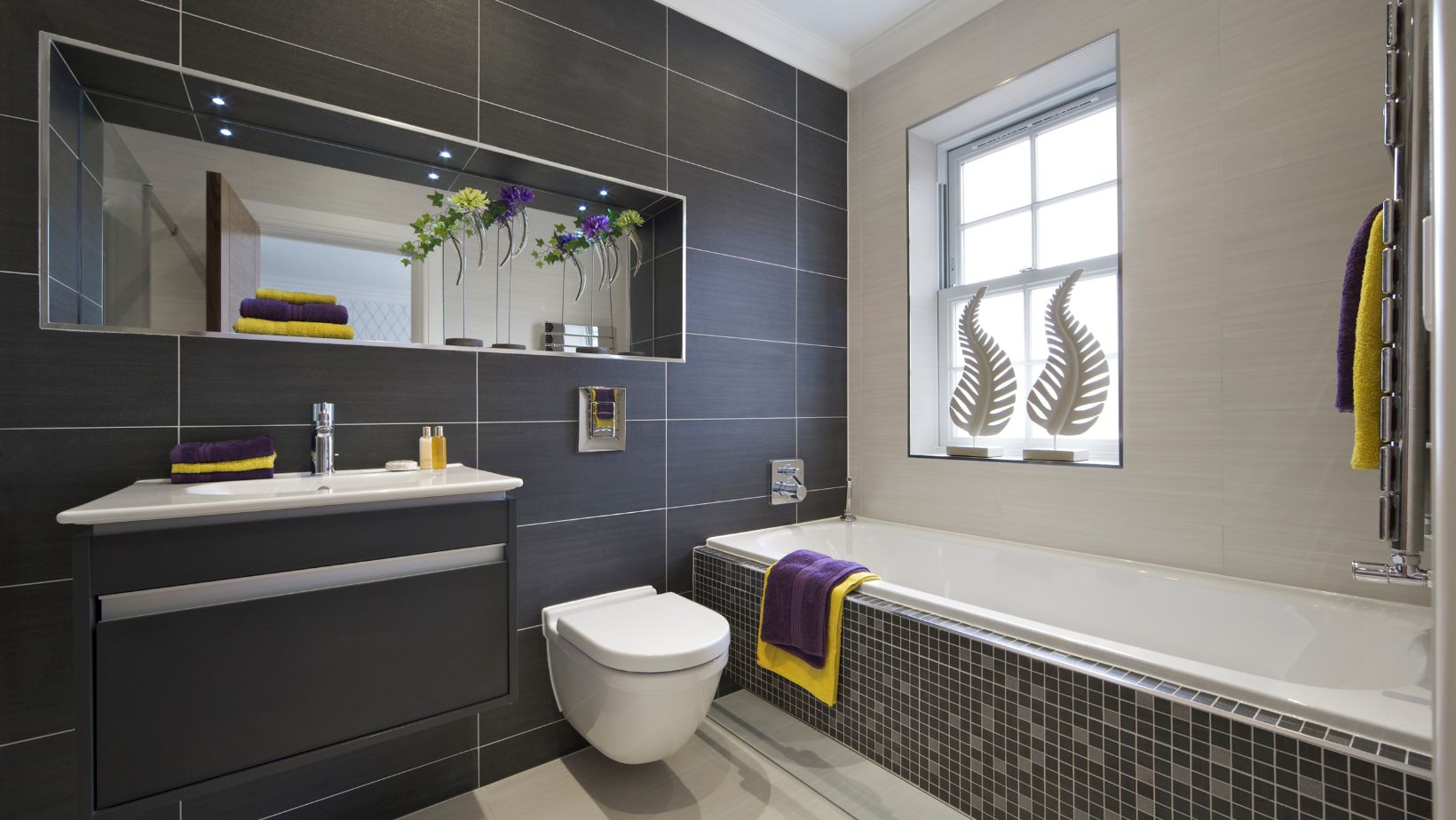Choosing the right tile for your kitchen and bathroom is a crucial decision that impacts both style and functionality. A well-chosen tile can enhance the aesthetic appeal while providing practical benefits such as durability and ease of maintenance. Balancing these factors ensures a harmonious blend that meets your personal taste and lifestyle needs.
When selecting tiles for your kitchen and bathroom, it’s essential to consider both aesthetics and functionality. These spaces are often the most frequently used areas in a home, demanding materials that can withstand daily wear and tear. While visual appeal is important, the practicality of the tile’s material, texture and slip resistance should not be overlooked. Advice from tile experts can provide valuable insights into the best options for your specific needs.
Different types of tiles
When exploring tile options for your kitchen and bathroom, you’ll encounter a variety of materials including ceramic, porcelain, glass and stone. Ceramic tiles are popular due to their affordability and vast array of designs; however, they may not be as durable as other options in high-traffic areas. Porcelain tiles offer enhanced durability and water resistance, making them ideal for bathrooms but often come at a higher price point.
Glass tiles provide a sleek, modern aesthetic with reflective properties that can brighten up smaller spaces. However, they can be more fragile than other types, requiring careful installation to avoid chipping. Stone tiles bring a natural elegance and uniqueness to your space but demand regular sealing to maintain their appearance.
Each material has its pros and cons, which must be weighed based on your specific needs. Porcelain’s strength might appeal to families with children or pets, while glass’s vibrant colors could attract those looking to make a bold statement. Stone’s timeless beauty suits traditional designs but requires more maintenance compared to other materials.
Factors to consider
Durability is paramount when choosing tiles for high-use areas like kitchens and bathrooms. Opt for materials that can handle moisture exposure without compromising integrity over time. Ease of maintenance is another critical factor; some tiles require minimal upkeep, whereas others might need regular cleaning or sealing to remain in top condition.

The importance of slip resistance cannot be overstated, particularly in wet environments such as bathrooms. Tiles with textured surfaces provide better grip underfoot, reducing the risk of slips and falls—a crucial safety feature for households with children or elderly members.
Beyond function, think about how color, pattern and style contribute to your overall design vision. Lighter shades can create an illusion of space in small rooms, while bold patterns add personality. Consider how these elements work with existing fixtures and furnishings to create a cohesive look throughout your home.
Budgeting for your tile project
Estimating costs accurately is essential to avoid overspending on your tile project. Consider not only the price of materials but also installation expenses. While it might be tempting to opt for cheaper tiles upfront, investing in quality materials can save money in the long run by reducing repair or replacement needs.
Balancing quality with affordability involves understanding where you can compromise without sacrificing too much on performance or aesthetics. For instance, using more expensive tiles as accent pieces can elevate a design without excessive costs.

Set aside a contingency budget for unforeseen expenses such as additional materials or labor costs due to unexpected complications during installation. This foresight ensures your project remains within budget while achieving your desired outcome.
Installation and maintenance tips
The success of any tiling project hinges on proper installation techniques. Professional installation from tile experts not only guarantees durability but also enhances the visual appeal by ensuring precise alignment and minimizing grout lines.
Once installed, maintaining your tiles involves regular cleaning with appropriate products to preserve their finish. Avoid harsh chemicals that could damage certain materials; instead, opt for gentle cleaners specifically designed for tile surfaces.
For personalized recommendations and insights, consider seeking advice from tile experts to ensure your project meets both aesthetic and functional needs. Regular maintenance checks help identify potential issues early on before they escalate into costly repairs.



